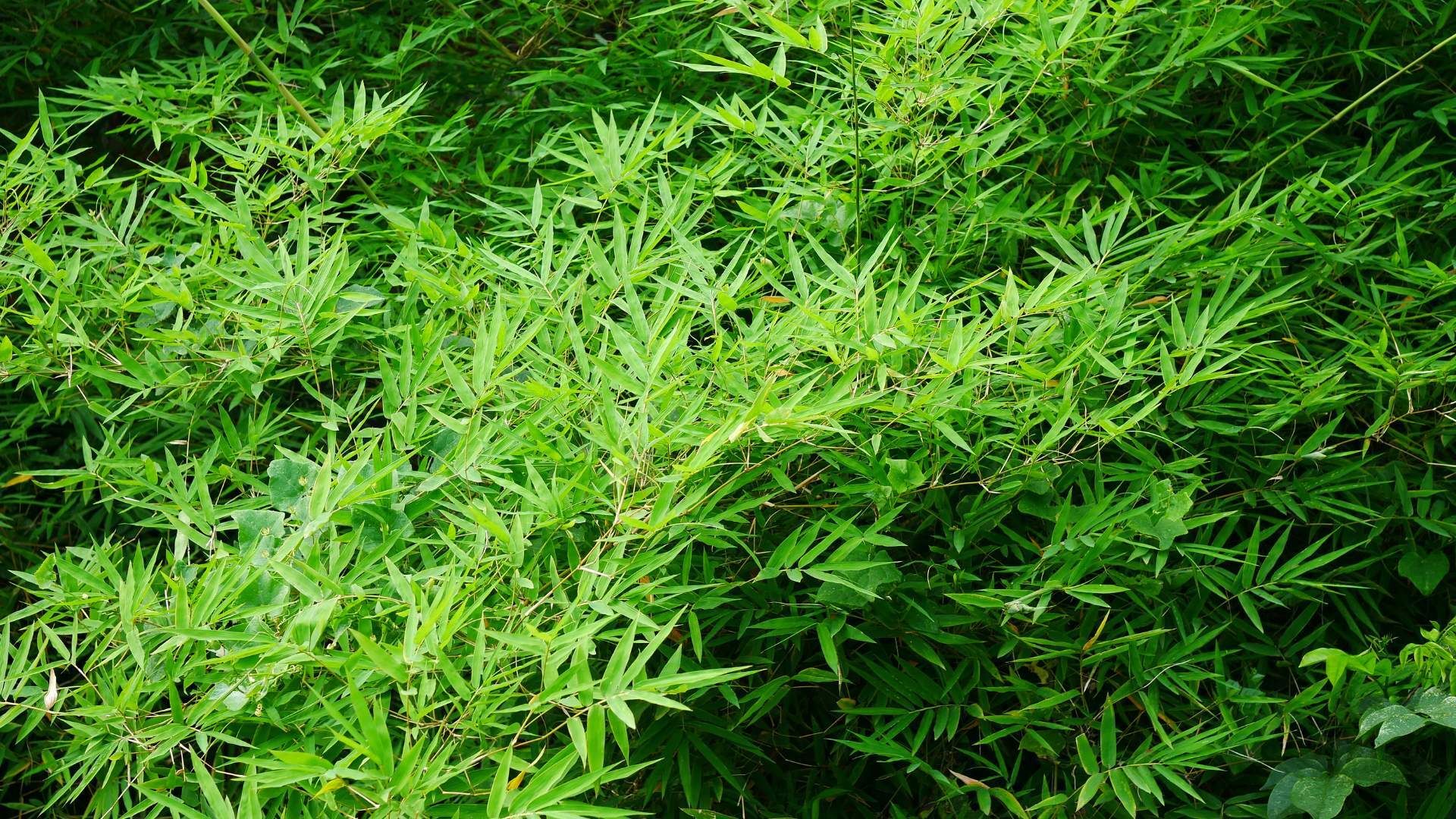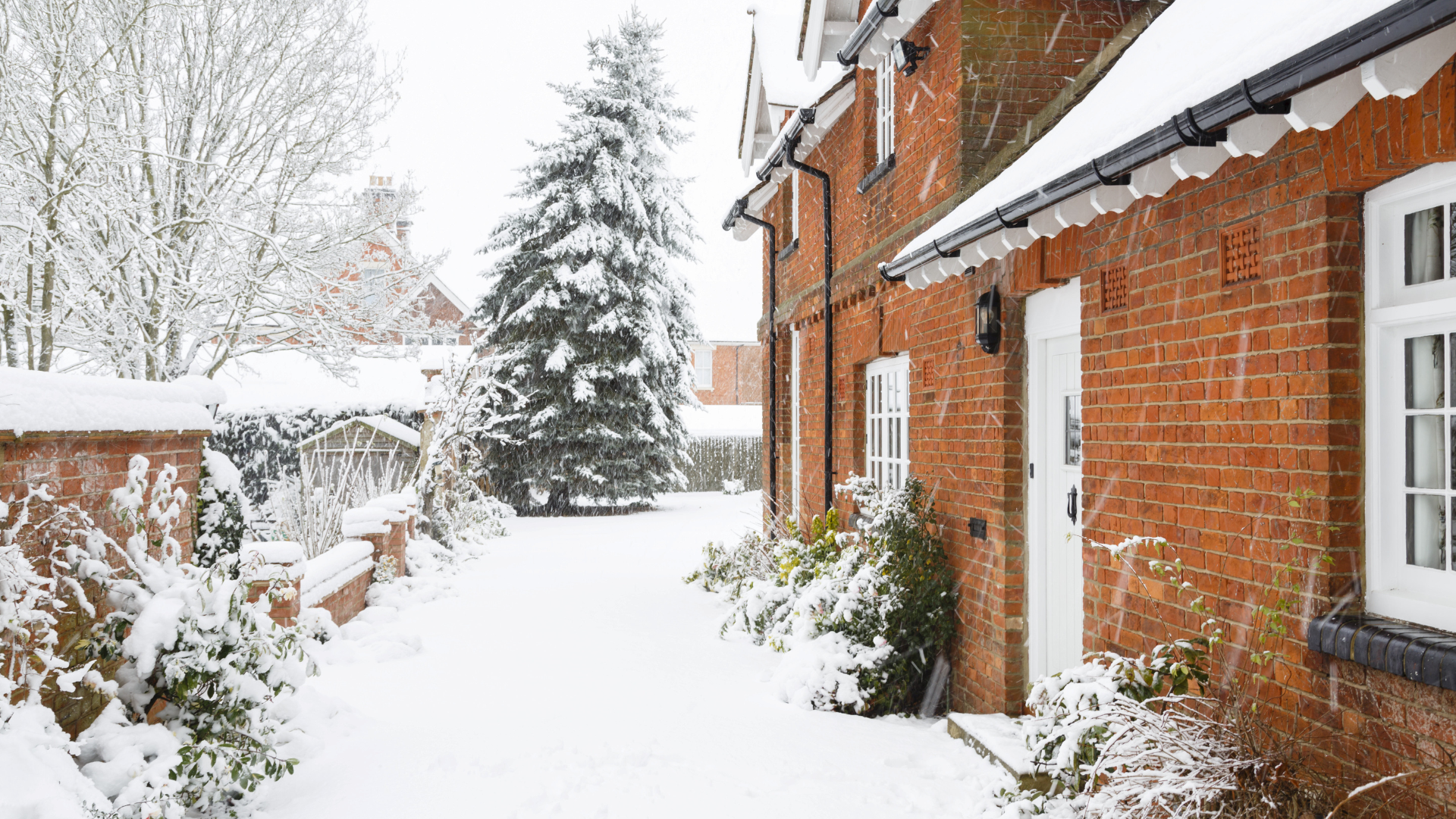
The tall, slender canes of bamboo are appealing to many gardeners. The plant brings a tropical, tranquil vibe to outside spaces, gently rustling in the breeze and quickly screening undesirable views. It’s also the fastest growing plant on earth, making it a problematic issue in UK gardens.
1. Bamboo is more invasive than Japanese knotweed
Bamboo is loved in agriculture as it’s quick growing, thrives in most soil types, is tolerant of extreme climates and regrows when chopped down to the base. When used in a residential setting, however, it can spread throughout a garden much faster than Japanese knotweed and it’s just as damaging. The runners and rhizomes will find any cracks, holes and weak spots, and are strong enough to lift patios, shed floors and driveways. They’ll also damage weak foundations, grow through gaps in concrete and infiltrate drainage systems.
2. You can’t see the majority of the plant
While bamboo canes are easily recognised above ground, they only represent a small fraction of the plant. A bamboo plant’s root and rhizome system lies around a foot underground and can spread for 100 feet, so even bamboo planted at the bottom of the garden can soon reach the back door. Even if you find the roots and rhizomes, simply cutting them is not always enough to stop the spread – bamboo can regrow even when snipped off from the mother plant.
3. Bamboo is freely available to buy
Unlike Japanese knotweed, which you can’t buy as a specimen plant and whose spread in the wild is heavily curtailed, bamboo is freely available to purchase and often grows unchecked wherever it spreads. Hundreds of varieties of bamboo are stocked in nurseries, garden centres and online stores, sometimes with very little information on how the plant grows and extends. The most invasive species include golden, black, shiroshima and tanakae.
4. There are two main types of bamboo
Clumping bamboo is often planted by gardeners as it has a more compact habit and isn’t as rampant but it will still spread. Running bamboo is the type that causes the majority of issues and damage. Its rhizomes travel far and wide in search of water, including under neighbouring fences, up through pipes and even through solid floors.
5. It’s to blame for many court cases
Homeowners who mistakenly plant running bamboo at the boundary of their property sometimes find their plant has also made itself a home in their neighbour’s garden. Many domestic court cases have bamboo at their heart, with neighbours arguing over who should pay for the removal of the plant and for the damage it’s caused.
6. Bamboo is on the radar of mortgage lenders
The increasing frequency of bamboo being cited in court cases has not gone unnoticed. Mortgage lenders, who are already alert to the issue of Japanese knotweed, may moderate their lending behaviour if bamboo has been found at a property. Although the plant doesn’t have to be declared by the seller in the same way Japanese knotweed does – and its presence is not actively noted by surveyors – bamboo may cause some buyers to rethink their purchasing decisions.
7. It can be grown in pots
If you’d like to use bamboo as a screen or as a decorative addition to your garden, buy the clumping form and plant it in a pot. Its growth is so vigorous, however, that you’ll need to check the pot regularly to ensure runners aren’t trying to escape or break the pot apart, as they will head for flower beds and root themselves.
Worried about bamboo?
If you’re buying a property and are cautious about the type of plants in the garden, it can be worth commissioning a report – especially in the case of bamboo. Conversely, sellers who suspect bamboo, Japanese knotweed or other invasive plant species may be present at their property should consider specialist horticultural investigations prior to a sale. If you’d like guidance on this matter – and anything else related to selling a property – please contact our team.
Share this article
More Articles
Sign up for our newsletter
Subscribe to receive the latest property market information to your inbox, full of market knowledge and tips for your home.
You may unsubscribe at any time. See our Privacy Policy.




